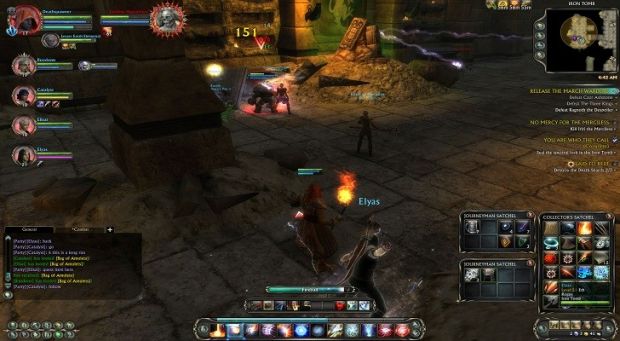A recent survey conducted on over 10 million free-to-play gamers revealed that only 2.2 percent of the entire audience ever spent anything at all while the test ran, with 10 percent of paying gamers accounting for 46 percent of total recorded revenue.
The statistics may seem daunting at first sight, indicative of a failing industry where developers toil to create games for an audience that is intent on not rewarding their work, and with the main design efforts going toward a minuscule portion of the entire player base, instead of the majority, as is the case with traditional pay-up-front gaming.
"That is a flawed and misleading assumption rooted in pre-digital thinking," states Nicholas Lovell, owner of Gamesbrief, a F2P-focused games business site, pointing out that traditional thinking would see non-paying gamers as barely any better than a pirate, and would see to it that the freeloaders also be made to pay.
"F2P design assumes that the majority of people will never pay and that's OK. They will be happy to wait rather than accelerate. They will choose not to spend money on wearables or status items. They will play the core experience, not every last facet of the game," he continues his explanation.
The so-called "freeloaders" are crucial to the success of free-to-play games, providing the context for the spending amongst the committed fans. Some of the non-paying players are committed in time terms instead of money, and that is also good for the game's health.
Free-to-play games usually incorporate some sort of "energy" mechanic, a resource that depletes as gamers play, and they can either pay to refill it or wait a certain period for it to slowly refill for free.
It provides a natural drop-off point for many players, and it also functions as a retention mechanism, similar to how cliffhangers at the end of an episode make you want more in TV shows, making some players choose to spend money to play more immediately, while others opt to wait.The report on free-to-play gamers' habits has also revealed that around two-thirds of them never return to a game one day after downloading it, and that some of them dip in and then out from time to time, which is also a natural and expected thing, and which developers have to keep in mind when aiming to keep players interested.
Lovell has also pointed out that although there are many developers that do it, purposely making a game feel frustrating and obstructive for the large part of the audience is not a fundamental design tenet of free-to-play games, and that developers usually direct their efforts to making players return for days, weeks or even months at a time.
Further commenting on the low conversion rate of free-to-play games, Lovell has pointed out that it is something that developers fully expect, and that it costs very little to service each additional player, and that many people who don't think of themselves as gamers have now started trying out various experiences, broadening the gaming user base.

 14 DAY TRIAL //
14 DAY TRIAL // 

